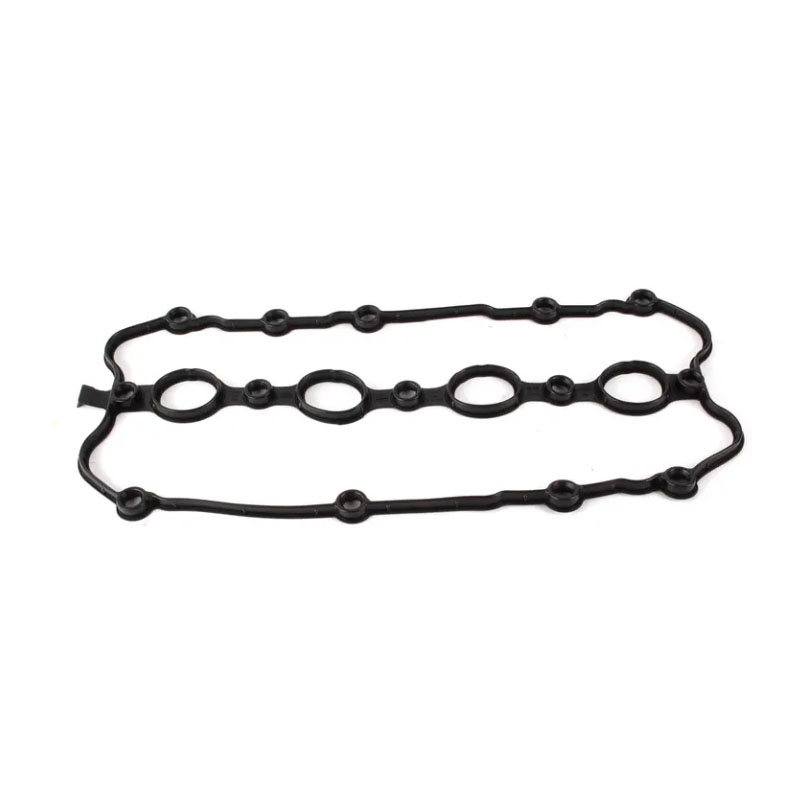transfer case input shaft seal
Understanding Transfer Case Input Shaft Seal Importance and Maintenance
The transfer case input shaft seal is a critical component in vehicles equipped with four-wheel drive (4WD) or all-wheel drive (AWD) systems. This seal is responsible for preventing the transfer case fluid from leaking out of the unit while also keeping contaminants such as dust, dirt, and water from entering the system. A malfunctioning input shaft seal can lead to various issues, affecting the performance and longevity of the vehicle’s drivetrain.
Function of the Transfer Case Input Shaft Seal
The transfer case is a pivotal part of a 4WD or AWD system as it distributes engine power to the front and rear axles. The input shaft seal plays a crucial role in this process. Positioned around the input shaft, it helps maintain the correct level of transfer case fluid, which is essential for lubrication and cooling. Without a properly functioning seal, fluid leaks can occur, leading to inadequate lubrication that can cause gears and bearings to overheat, wear prematurely, and ultimately fail.
Signs of a Failing Input Shaft Seal
Recognizing the signs of a failing transfer case input shaft seal is essential for timely maintenance and avoiding more significant repairs
. Common indicators include1. Fluid Leaks One of the most apparent signs is the presence of transfer case fluid pooling under the vehicle. The fluid typically has a slightly reddish or brown hue, making it distinguishable from engine oil. 2. Unusual Noises If you begin to hear grinding or whining noises from the transfer case, it may indicate that the fluid level is low due to leakage, leading to insufficient lubrication.
transfer case input shaft seal

3. Transmission Issues A malfunctioning input shaft seal may lead to difficulties in shifting, reduced acceleration, or a general loss of power delivery to the wheels, impacting overall drivability.
Maintenance and Replacement
Regular maintenance of the transfer case is essential for prolonging the lifespan of its components, including the input shaft seal. Vehicle manufacturers typically recommend a fluid change every 30,000 to 50,000 miles. During this service, mechanics will inspect the seals and gaskets for wear.
If a seal replacement is necessary, it's crucial to address it promptly. Ignoring a failing input shaft seal can lead to more extensive damage within the transfer case or drivetrain, resulting in costly repairs. A certified mechanic should perform this replacement to ensure proper sealing and prevent future issues.
Conclusion
Understanding the importance of the transfer case input shaft seal and recognizing its signs of failure are crucial for vehicle owners, especially those with 4WD or AWD systems. Regular maintenance and prompt attention to any warning signs can help ensure the longevity and performance of the vehicle’s drivetrain, keeping drivers safe on the road. Investing time in proper care will pay off in the long run, safeguarding one of the most critical components of your vehicle's power delivery system.
-
Understanding the Front Main Engine Seal: Purpose, Maintenance, and Installation
News Jul.29,2025
-
Understanding O-Rings and Seal Rings: Types, Applications, and Custom Solutions
News Jul.29,2025
-
Understanding Crankshaft Oil Seals: Rear Seals, Pulley Seals, and Their Role in Engine Integrity
News Jul.29,2025
-
The Importance of Front and Rear Crankshaft Seals in Engine Performance and Oil Management
News Jul.29,2025
-
Crank Oil Seals: Functions, Types, and Cost Considerations in Engine Maintenance
News Jul.29,2025
-
A Comprehensive Guide to O-Rings and Seals: Types, Materials, and Global Applications
News Jul.29,2025
-
Mastering Diesel and Performance Engine Maintenance: A Guide to Critical Oil Gaskets
News Jul.28,2025
Products categories















